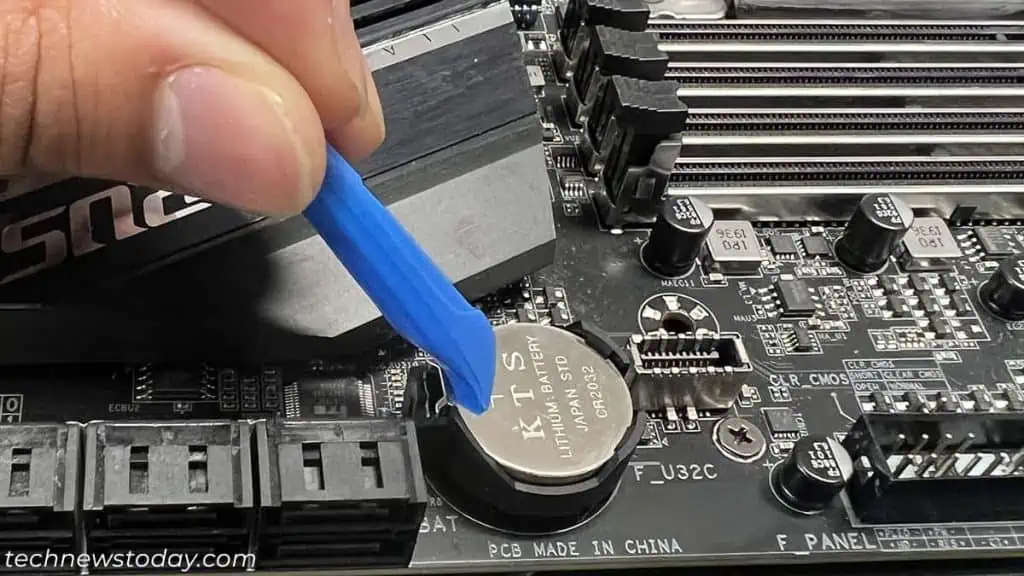BIOS auto-recovery triggers during startup when your system detects any corruption with the BIOS image. To use this feature, a backup of the BIOS firmware must already be present in your system.
The Basic Input Output System (BIOS) firmware initializes the hardware components and performsPOST (Power On Self Test)before loading the Operating System.
These are critical booting processes and if a BIOS image gets corrupted, yourPC will not boot.

BIOS images can get corrupted due to failed BIOS update, power outages, or even virus or rootkit attacks. So many systems, especially laptops, come with built-in auto recovery to prevent permanent failure.
What Exactly is BIOS Auto Recovery?
Most systems keep a backup of the BIOS firmware on the primary hard drive, a hidden partition, or even a dedicated Secure Embedded Processor.
If the BIOS somehow becomes corrupt, some of these systems can automatically recover the firmware from such backups during startup. This process is known as BIOS Auto Recovery. It usually has two preconditions:
BIOS Auto Recovery is not available in all systems and may even be disabled in the BIOS. In such cases, you have to start the recovery process manually.
What to Do Without BIOS Auto Recovery?
First,perform a hard resettoreset the Embedded Controller (EC), which controls most hardware components and power functions on your computer.
you may also try toreset the BIOSby clearing CMOS orreinserting the CMOS battery.
If these don’t help, you need to move on to the manual BIOS recovery methods. These methods depend on your device manufacturer, but generally,
If you need more information, I recommend checking out our other article onBIOS Update Failedto see the detailed explanation on these methods.